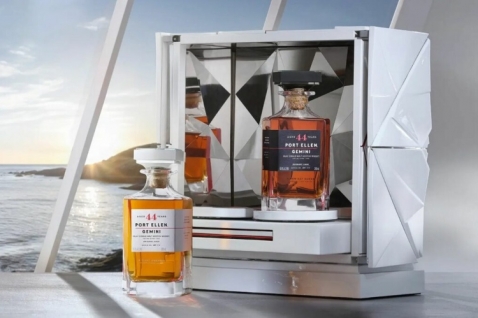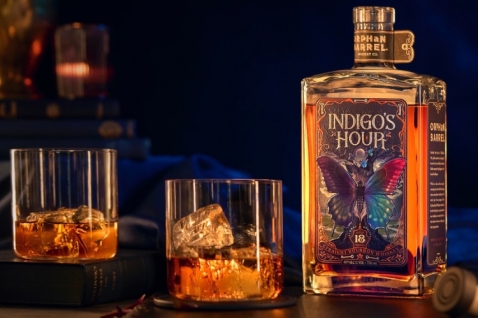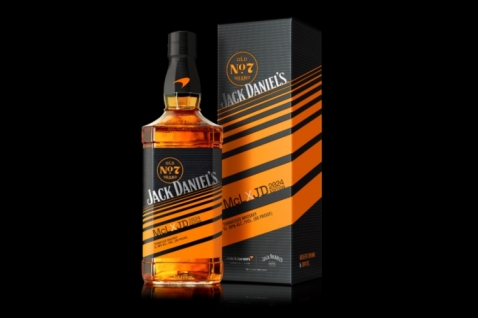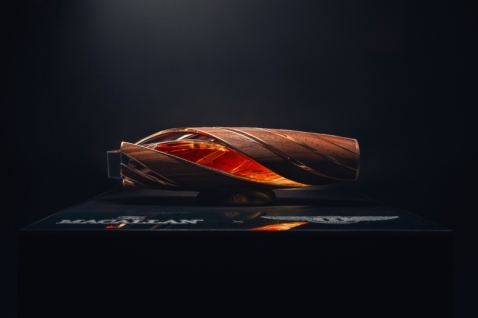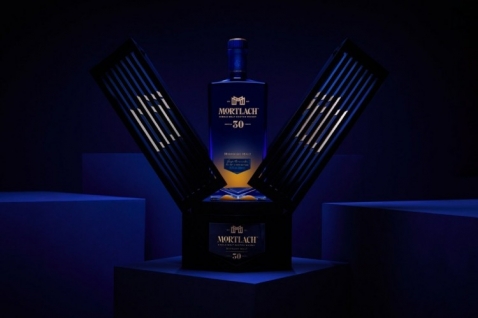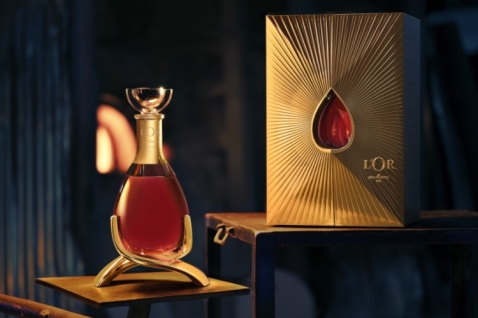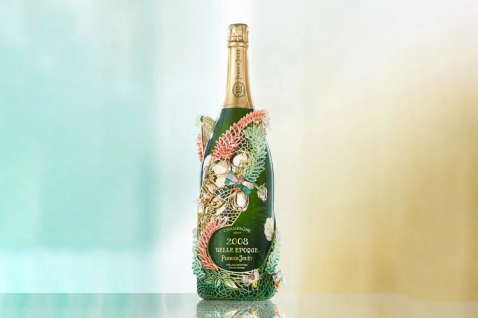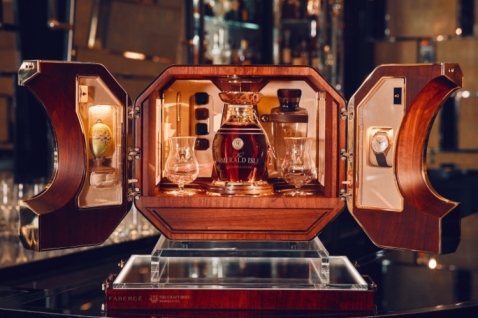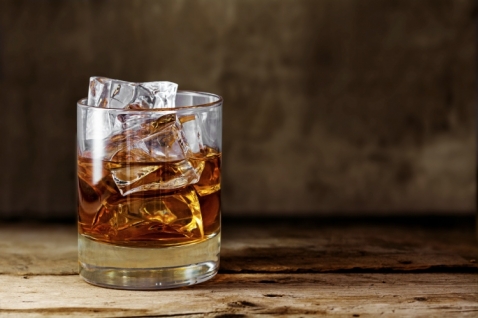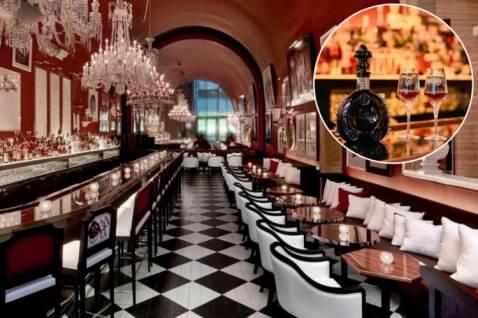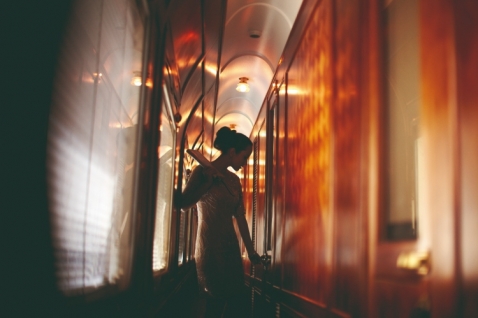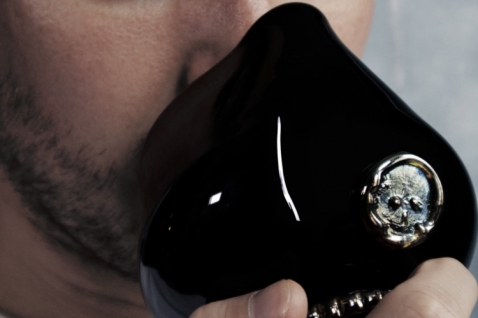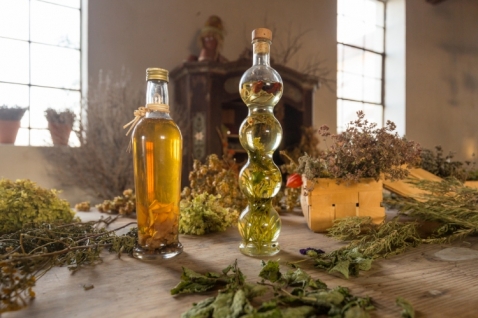.jpg)
The crafting of a Vintage wine is a privileged conversation with the natural world, an intervention of human creativity into the extraordinary product of what soil and sun have seen fit to provide in one particular year.
With the creation of Vintage and Vintage Rosé 2008, the first by the hand of Cellar Master Dominique Demarville, the House of Veuve Clicquot took a step closer to nature. For the first time since the House turned to all stainless steel aging in the 1960s, Demarville has reclaimed the use of oak to age a small portion of the wine from the 2008 harvest. Demarville explains his flash of insight:
“When I arrived at Veuve Clicquot in 2006, I was impressed by the intense and powerful Vintage wines, all of them expressions of exceptional harvests,” he says. “But I wondered, how can we go further and give our Vintages even more dimension? A Vintage is a blend based on a single crop, so we cannot add the spicy notes represented by our old reserve wines like we can for Yellow Label,” he notes.
“I remembered that my predecessor at Veuve Clicquot, Charles Delahaye, blended with oak aged wines until the 1960’s, when the House moved to using stainless steel. The stainless steel allowed for greater clarity in the wine, but he always remembered the age of oak, and how it gave a certain roundness of flavor due to the micro-oxygenation of the juice in contact with another living, organic substance.”
Demarville was inspired by the quest for innovation that has been at the heart of the House since Madame Clicquot herself created the first ever Vintage wine of Champagne. “The idea came to me to experiment with this complex substance again,” he recalls.
Demarville did not turn to oak as a way to look back to the past, but to reclaim its power to invoke complexity in a subtle, and thoroughly contemporary way. In 2007, the House engaged the artisanal caskmaker Foudrerie François in Brive, commissioning 30 large casks with oak supplied from forests in the Central, Allier and Vosges regions, for the vanilla, woody and toasted aromas they would provide. In 2008, these casks were then installed in a separate cellar, in time to welcome a small portion of the first juice from this extraordinary harvest.
“Thanks to the addition of just 5% of oak-aged wines into the 2008 assemblage, the wine has extra breadth and complexity—all without affecting the House style,” Demarville notes. “In the same manner that chefs in a kitchen will use a pinch of spice to season a dish, this small addition of oak aging creates the ‘spice effect’ that we are constantly looking for at Veuve Clicquot.”
I n determining the worthiness of 2008 to become a Vintage year, several factors were taken into consideration: the exceptional quality of the grapes, absolutely no rot; their 9.8% natural alcohol level, indicating a balanced level of ripeness; and most importantly the remarkable acidity, at 8.6g/LH2SO4, all of which recall other extraordinary years such as 1995, 1985 and 1979. A low pH – 2.98 on average – created tension and freshness in the juice. With such excellent potential for ageing, it was an easy decision to declare 2008 a year that deserved its own self-expression - the third in the decade after 2002 and 2004, and the House’s 65th since the first Vintage was created in 1810 by Madame Clicquot.
As with every Veuve Clicquot Vintage, Pinot Noir holds majority, making up 61% of the blend. It comes essentially from the south of the Montagne de Reims and the Marne Valley, comprising the following Grands and Premiers Crus: Ambonnay, Bouzy, Tauxières, Avenay and Ay. The northern slope of the Montagne de Reims is also present: Verzy, Verzenay and Ludes. The Chardonnay comes entirely from the Côte des Blancs (Mesnil sur Oger, Oger, Vertus) and makes up 34%. The Meunier is from the Montagne de Reims (Ludes) and the Marne Valley (Dizy) and completes the blend at 5%. For the Vintage Rosé 2008, red wines from Bouzy make up 14% of the total composition. Vintage Blanc is dosed at 8g/l, as is the Vintage Rosé, and Vintage Rich at 32g/l. Its clear, brilliant, gold colour lights up in the delicate tumult of fine bubbles produced by its persistent and remarkable effervescence.
.jpg)
The nose is fresh, refined and elegant. Fragrances of citrus fruit and stone fruits (peach, apricot) appear first, which are then enriched by delicate, warm notes of sweet pastries (almonds, Mirabelle plum tart): a subtle alliance of freshness and fullness. On the palate, the lively and pure attack moves into a powerful, structured palate, delicately chiselled from the minerality of Champagne’s chalky terroir. The generosity of the Pinot Noir’s fruitiness resonates harmoniously with the freshness of the lightly candied citrus fruit aromas (lemon) which are embellished in the finish with delicate hints of toasted notes and dried fruit (apricots). Vintage 2008 is the perfect combination of power, freshness and finesse, and ends with an incredibly long finish.
A bright pink colour with light copper hues. A gentle and persistent string of very delicate bubbles forms, exploding on the surface. The nose is fine and pure. It begins first with the aromas of fresh red fruits (strawberry, raspberry, cherry) combined with citrus fruit aromas (grapefruit) that match perfectly with the lightly spiced notes of cinnamon and vanilla revealed once allowed to breathe. Finally, dried fruit and brioche notes delicately add to the richness and complexity of the bouquet. The clear, taut attack moves into a full bodied, structured and energetic palate. A perfect reflection of the nose, its minerality reveals generous red fruit aromas from the Pinot Noir (Morello cherry) combined with notes of slightly candied citrus fruit from the Chardonnay. Hints of sweet pastries point to the wine’s long and slow maturation on lees. Lastly, marrying with the juicy freshness of the fruit, the power of the tannins is perfectly balanced, leading to a delicate and silky finish of surprising length.

